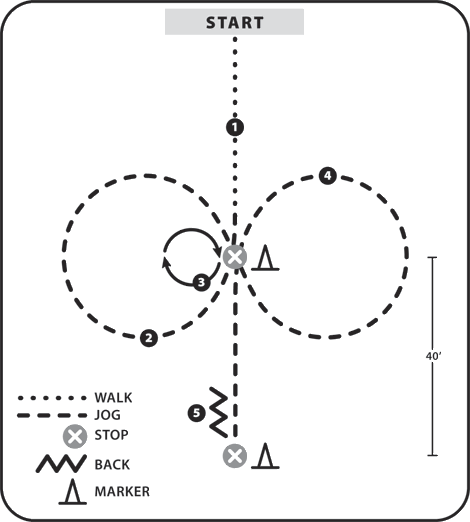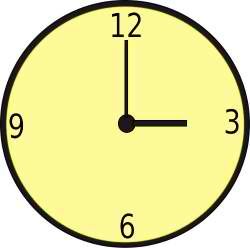Almost every pattern today will consist of circles, multiple circles, circles in different directions, and also different speeds. With everything else close to even with the exhibitors in a tight class, there is always something that separates one from another. Usually, that is how correctly they ride their circles. If you are riding an oval, teardrop, triangle or lopsided circles, you can plan on that part of the scoring to go way down. Making up with the rest of the ride may not be enough to bring your score back up to where it was, or needs to be. This also includes riding your circle in the correct location in the arena. You might be able to get your round circles figured out, but they end up off to the right or left of center.
As a coach and trainer, I feel that circling is probably the biggest issue that people have problems with. They might be able to ride round circles at home due to the comfort and familiarity of their arena, but when they go to a different arena to compete, all the surroundings look different. It is very important to look at the arena just walking around on your horse and find way points for centering your circles, such as end gates, center markers, fence markings or beams on indoor arena walls. Take note on the size of the arena so that you will not be bouncing off the walls if the arena is very small. On the other hand, make sure not to ride your circle too big if you are in a huge arena. Look at the arena and get a game plan on where you are going to ride your circles. Where are they going to start, and where are they going to end. Always try to ride the pattern as close to possible of the description of the pattern provided.
Make sure that when starting a circle that you keep these two things in mind.
Number one is to always position your horse to depart into the circle from a walk, or a jog if asked for in the pattern description. Never try to ask for a lope departure from one step or a complete standstill. I tell my students to untrack their horses from a standstill at least a couple of walk steps or more, to straighten the horse's body out, and to get a clean responsive lope departure.
Number two is, always lope a couple of strides straight and then gradually find your circle and enter it. If you start dramatically into your circle, your horse will start dropping his shoulders into the center of the circle and then you will not have any control on the size or symmetry of your circle. You will have to take what he gives you. If you have a very small first half or your circle, you will have to finish it that way, you have to keep both halves the same size.

The size of the circle is very important, and when a judge specifies in the pattern for a small circle followed by a larger circle, there must be a definite change in the overall diameter of the circles. Body control and steering will be necessary for riding really great circles. Speed usually goes along with this request on circles. If the judge wants a large fast circle then a slower small circle, that is how you must ride them if you want a big score. I would say that the majority of the time, many riders trope, or lope their horses so slow in the small circles, that it is hard to tell if they are actually in a three beat lope. Then when they go to the large fast circle, they simply go to the regular nice lope. This will be cause for a very dramatic reduction of their score. This usually happens for a few reasons. Some reasons might be that their horse is not broke to do the faster circles, they are afraid they will loose their seat in the process, they are just too uncomfortable riding the gallop, or maybe just because other people get away with doing it. I would suggest that people practice going fast at home and teaching your horse speed control. Start slow, increase to galloping a few large fast circles, and then back to the small slow circles. Remember that the Horsemanship class is the stepping stone to Reining.
Training your eye for the circle is something that once you figure it out, will stay with you forever. Forward vision is the most important factor in riding great circles.
I always have my students visualize a clock. The north end of the arena is noon and the south end is six o'clock.

If they are riding right circles, when they approach twelve, their vision should be focused between three and four. Keep the vision with your location, so that when you are at six, your forward vision should be between nine and ten. This will give you a fix on where you want to be in your circle, and give you enough time to make corrections and adjustments to get there. Sometimes I will have my riders use four cones placed in a square about 100 feet apart and lope the circles inside the cones, then graduate to one cone in the center of their circle, then to no cones in the circles. Peripheral vision and feel should take care of most everything else with your horse. Make sure to get out of the habit of only looking down or straight ahead a few feet when riding. If you have a hard time with continually looking down, I have small goggles that I designed to not allow looking down. My students get to use them quite often, and it breaks bad habits real quick.
~Thanks Judge Sheridan~